Are you the proud new owner of a puppy and eager to introduce them to the great outdoors? Training a puppy to walk on a lead can be a rewarding experience for both you and your furry friend. However, it can also present some challenges if not approached with the right techniques and patience. In this comprehensive guide, we'll explore several methods and tips to help you teach your puppy to walk nicely on a lead, ensuring that walks become an enjoyable part of your daily routine.
The Importance of Lead Training for Puppies
Training a puppy on a lead is essential for their safety and your control during walks. Proper lead training helps prevent your puppy from pulling, lunging, or becoming overly excited around other dogs and distractions. A well-trained puppy will walk calmly beside you, making walks more enjoyable and less stressful. Additionally, lead training strengthens the bond between you and your puppy, as it requires communication, trust, and mutual understanding. It also opens the door for your dog to be well behaved for professional dog walkers.
Choosing the Right Equipment

Selecting the appropriate equipment is crucial for successful lead training. Here are some key items to consider:
-
Puppy's Harness: A harness provides more control and reduces strain on your puppy's neck. Look for a comfortable, adjustable harness that fits snugly without causing discomfort.
-
Lead: A standard six-foot leash is ideal for lead training. It allows enough length for your puppy to explore while keeping them close enough for control. Once your are well practiced, there are many other varieties of leads which allow greater freedom or control.
-
Collar: Ensure your puppy wears a collar with identification tags. However, avoid using a collar alone for lead training, as it can cause choking or injury.
Getting Started with Training a Puppy on a Lead
Before you begin lead training, it's essential to introduce your puppy to the lead and harness in a positive and gradual manner. Follow these steps to get started:
-
Introduce the Equipment: Allow your puppy to sniff and investigate the lead and harness. Reward them with treats and encouragement for showing interest.
-
Practice Indoors: Start by attaching the lead to the harness and letting your puppy wear it in the house. This helps them get used to the sensation without the added distractions of the outdoors.
-
Short Sessions: Begin with short training sessions, gradually increasing the duration as your puppy becomes more comfortable.
Teaching Basic Commands

Basic commands are the foundation of successful lead training, using these frequently and remaining consistent are essential. Here are the essential commands to teach your puppy:
-
Sit: Train your puppy to sit on command. Practice until your pup sits well every single time. This is useful for having them remain calm before and during walks.
-
Heel: The "heel" command instructs your puppy to walk beside you. Use treats and positive reinforcement to encourage them to stay by your side.
-
Wait: The "wait" command is valuable for stopping your puppy from pulling or lunging forward. Practice this command at doorways or curbs before proceeding. This is almost the most important thing you can train your dog to do, as it can help in retaining control in dangerous situations.
Encouraging Loose Lead Walking - Teaching your Dog to Walk Nicely and Stop Pulling
Loose leash walking means your puppy walks beside you without pulling on the lead. Here's how to achieve this:
-
Start Slowly: Begin in a quiet area with minimal distractions. Hold the lead in your left hand and keep treats in your right hand.
-
Reward Good Behaviour: Reward your puppy with treats and praise when they walk calmly beside you. This reinforces the desired behaviour.
-
Stop Pulling: If your dog pulls, stop walking and wait until they return to your side. Resume walking once they are calm. Repeat this every time they pull.
Handling Distractions and Other Dogs

Encountering other dogs and distractions during walks is inevitable. Here's how to manage these situations:
-
Remain Calm: Your puppy will take cues from your body language. Stay calm and composed to help them feel secure.
-
Practice Focus: Use treats to keep your puppy's attention on you when passing other dogs or distractions. Reward them for maintaining focus.
-
Gradual Exposure: Gradually expose your puppy to new environments and sights. Start with less busy areas and gradually progress to busier locations.
Patience and Consistency are Key
Training a puppy to walk on a lead requires patience and consistency. Here are some tips to keep in mind:
-
Practice Regularly: Consistent practice is essential for progress. Aim for short, frequent training sessions rather than long, infrequent ones.
-
Use Positive Reinforcement: Reward your puppy with treats, praise, and affection for good behaviour. This encourages them to repeat the desired actions.
-
Stay Patient: Every puppy learns at their own pace. Stay patient and avoid punishment or frustration, as this can hinder progress.
Overcoming Common Challenges

Lead training can come with its share of challenges. Here are some common issues and how to address them:
-
Puppy Pulling: Most dogs aren't naturals on the lead - this process takes time and patience. If your puppy pulls on the lead, stop walking and wait for them to return to your side. Reward them for walking calmly beside you.
-
Distractions: Use treats and positive reinforcement to keep your puppy's attention on you when faced with distractions. Gradually increase exposure to new environments, increase the number of other distractions and stimuli.
-
Fear or Anxiety: If your puppy shows signs of fear or anxiety, take a step back and gradually reintroduce the lead and harness. Use treats and praise to build positive associations.
The Role of Mental Stimulation
Mental stimulation is just as important as physical exercise for your puppy's overall well-being. Here are some ways to incorporate mental stimulation into lead training:
-
Interactive Toys: Use interactive toys and puzzles to engage your puppy's mind during walks. This keeps them mentally stimulated and focused.
-
Varied Routes: Change up your walking routes to expose your puppy to new sights and smells. This keeps walks interesting and mentally stimulating.
-
Training Exercises: Incorporate training exercises into your walks. Practice basic commands and reward your puppy for following instructions.
Lead Training Older Dogs

While it's ideal to start lead training when your puppy is young, it's never too late to train an older dog. Here are some tips for training older dogs:
-
Start Slowly: Begin with short training sessions and gradually increase the duration. Older dogs may need more time to adjust to new routines.
-
Positive Reinforcement: Use treats and praise to reward good behaviour. This helps older dogs associate lead training with positive experiences.
-
Be Patient: Older dogs may have ingrained habits that take time to change. Stay patient and consistent with training.
Expert Advice and Top Tips
Seeking expert advice can provide valuable insights and guidance for successful lead training. Here are some top tips from professional dog trainers:
-
Consistency is Key: Consistency in commands, rewards, and routines is crucial for effective lead training.
-
Stay Positive: Positive reinforcement is the most effective method for training. Reward good behaviour and avoid punishment.
-
Seek Professional Help: If you're facing challenges, consider consulting a professional dog trainer for personalized guidance and support.
Creating a Bond Through Lead Training

Lead training is not just about teaching your puppy to walk nicely on a lead; it's also an opportunity to strengthen your bond. Here are some ways to create a strong connection:
-
Quality Time: Use walks as quality time to bond with your puppy. Engage in interactive play and training exercises.
-
Communicate Clearly: Use clear, consistent commands and body language to communicate with your puppy. This fosters understanding and trust.
-
Enjoy the Experience: Make lead training a fun and enjoyable experience for both you and your puppy. Celebrate progress and milestones together.
Building Confidence in New Environments
Introducing your puppy to new environments can boost their confidence and socialization skills. Here's how to do it:
-
Gradual Exposure: Start with less busy areas and gradually expose your puppy to busier locations. This helps them acclimate to new sights and sounds.
-
Positive Experiences: Create positive associations with new environments by rewarding your puppy with treats and praise.
-
Stay Calm: Your puppy will take cues from your behaviour. Stay calm and composed to help them feel secure in unfamiliar settings.
The Joy of Walking Together

Walking your puppy on a lead is more than just exercise; it's a shared experience that brings joy and fulfilment. Here are some benefits of walking together:
-
Physical Exercise: Regular walks keep your puppy physically active and healthy. It's an essential part of their daily routine.
-
Mental Stimulation: Walks provide mental stimulation through new sights, smells, and experiences. This keeps your puppy's mind sharp and engaged.
-
Bonding Time: Walking together strengthens the bond between you and your puppy. It's a special time to connect and enjoy each other's company.
Conclusion
Training a puppy to walk on a lead is a rewarding and essential part of pet ownership. By following these tips and techniques, you can successfully teach your puppy to walk nicely on a lead, unlocking your ability to successfully walk with your pup each time. Remember to be patient, consistent, and positive throughout the training process. Whether you're a new puppy owner or a seasoned dog lover, lead training is a valuable skill that enhances your relationship with your furry friend.

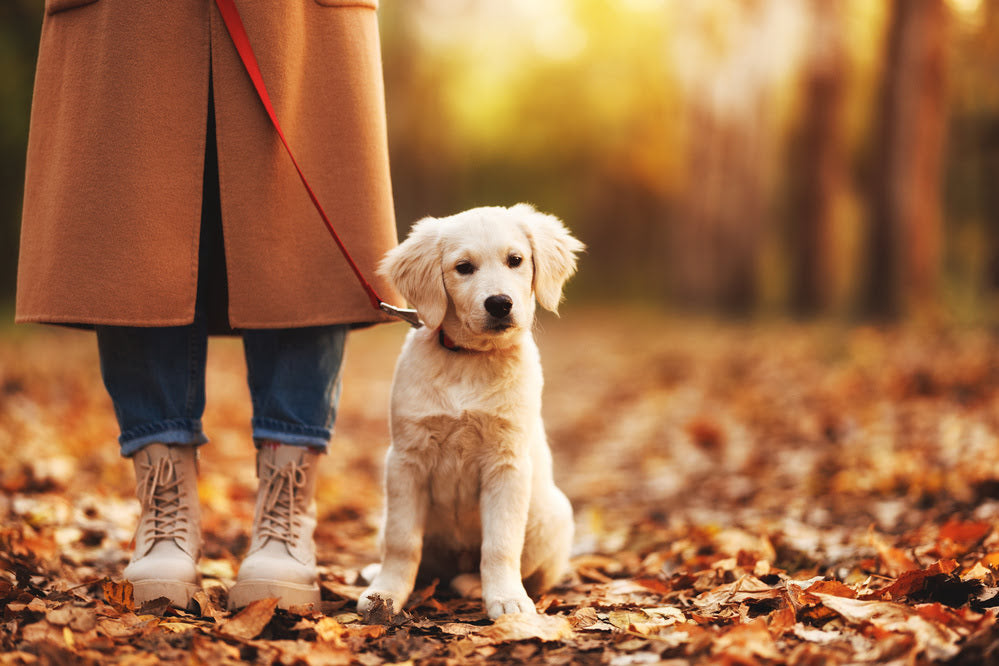
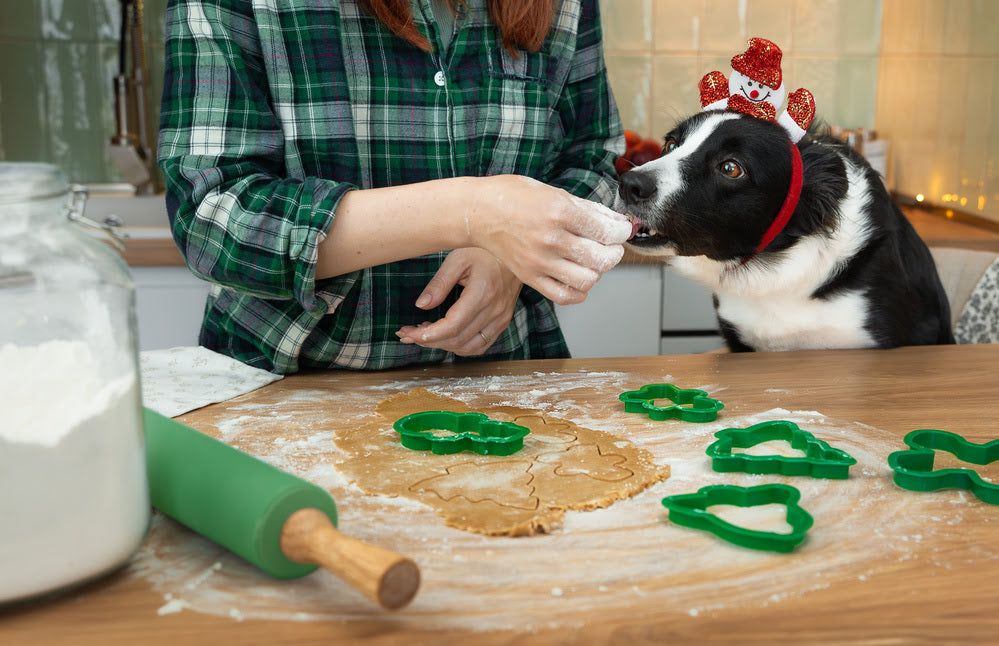
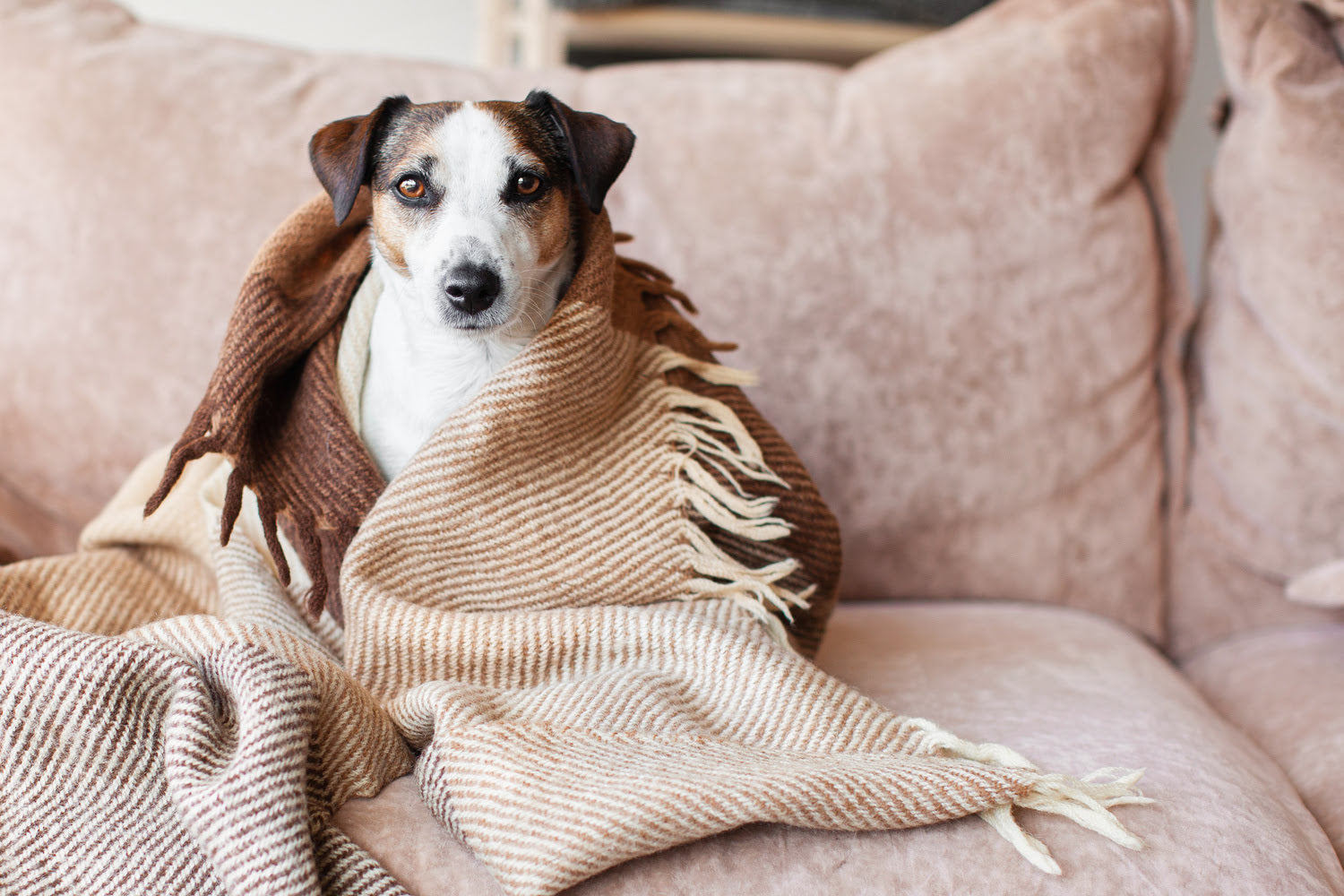
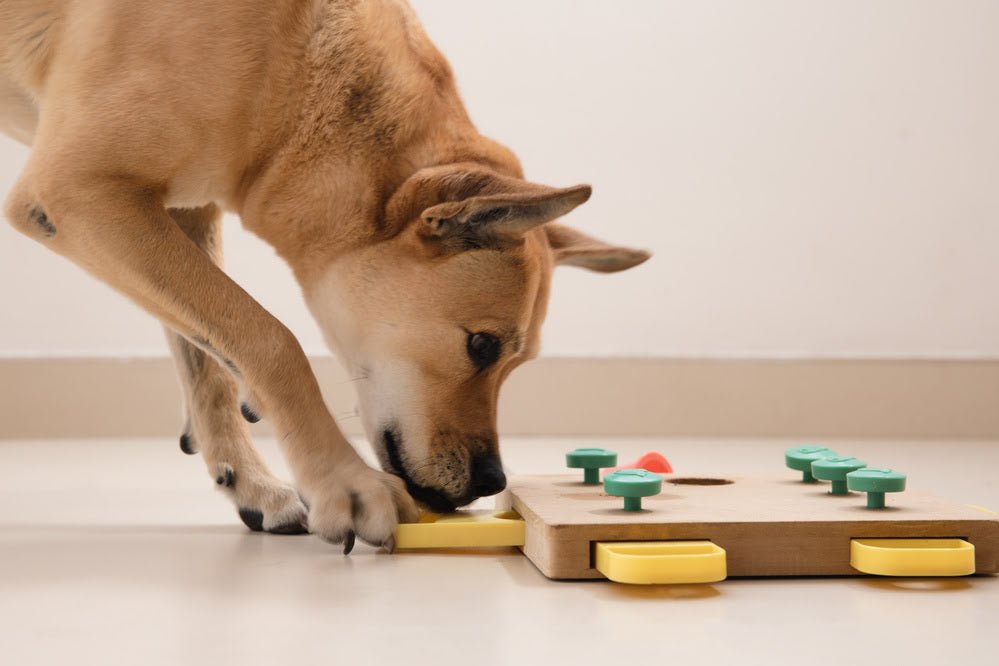


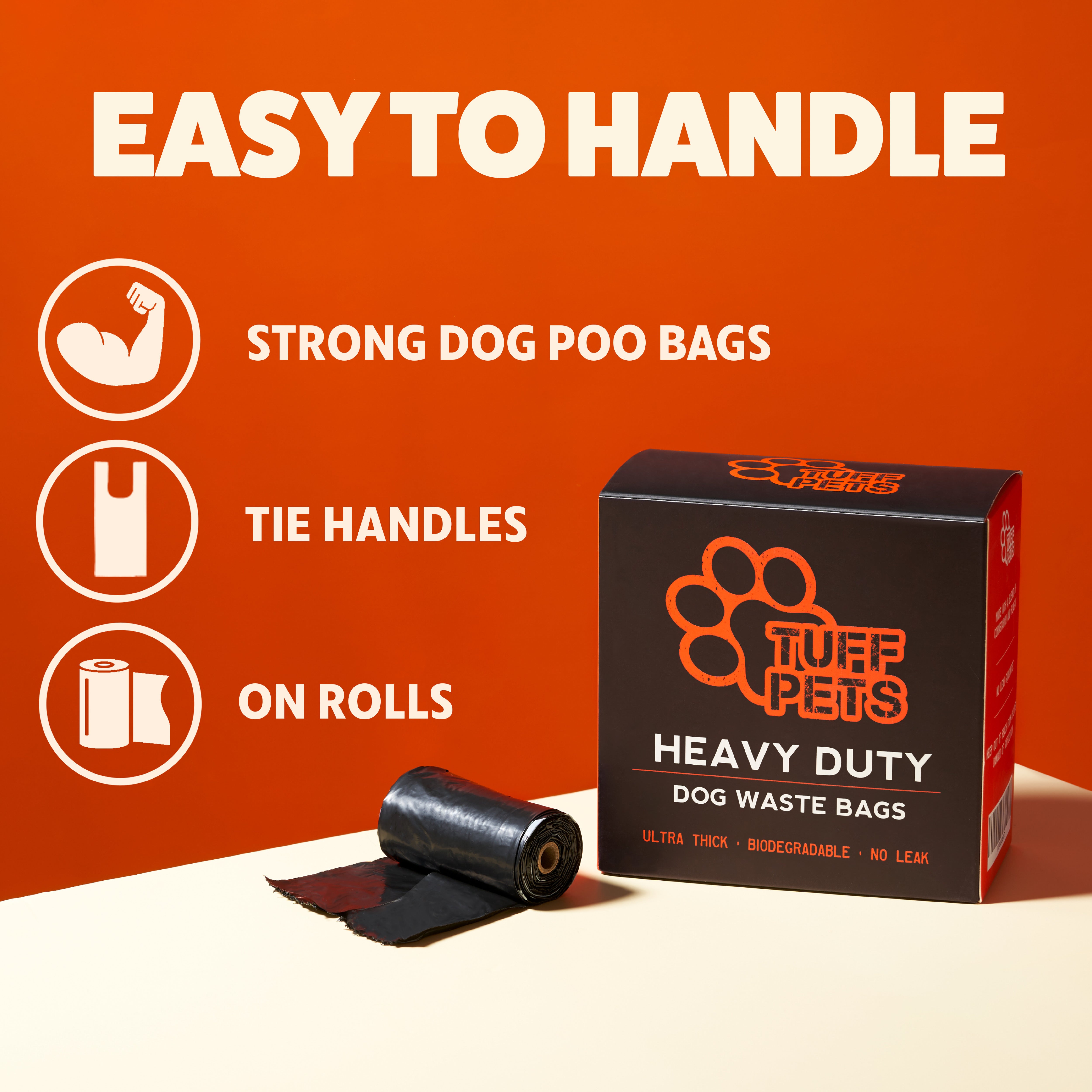
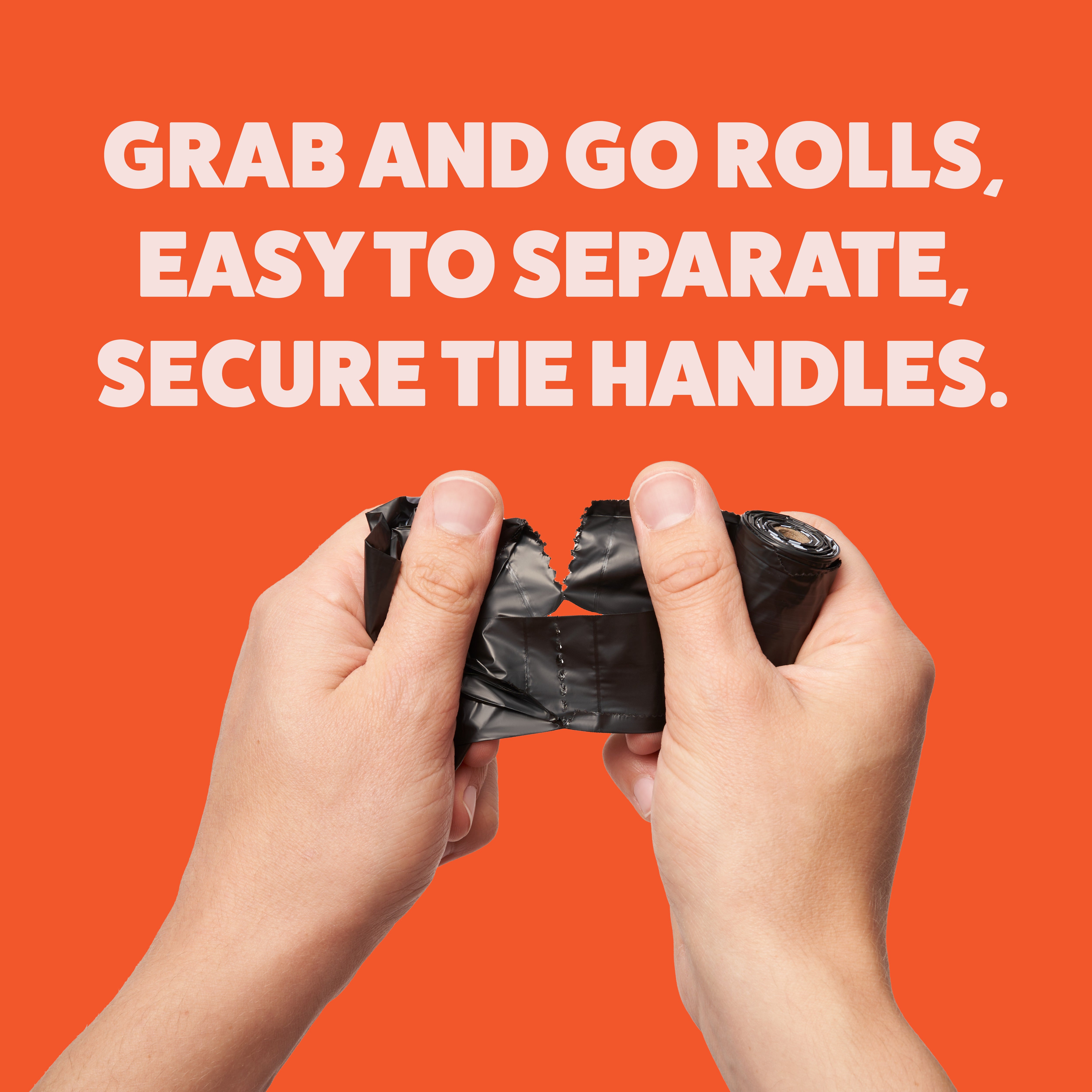
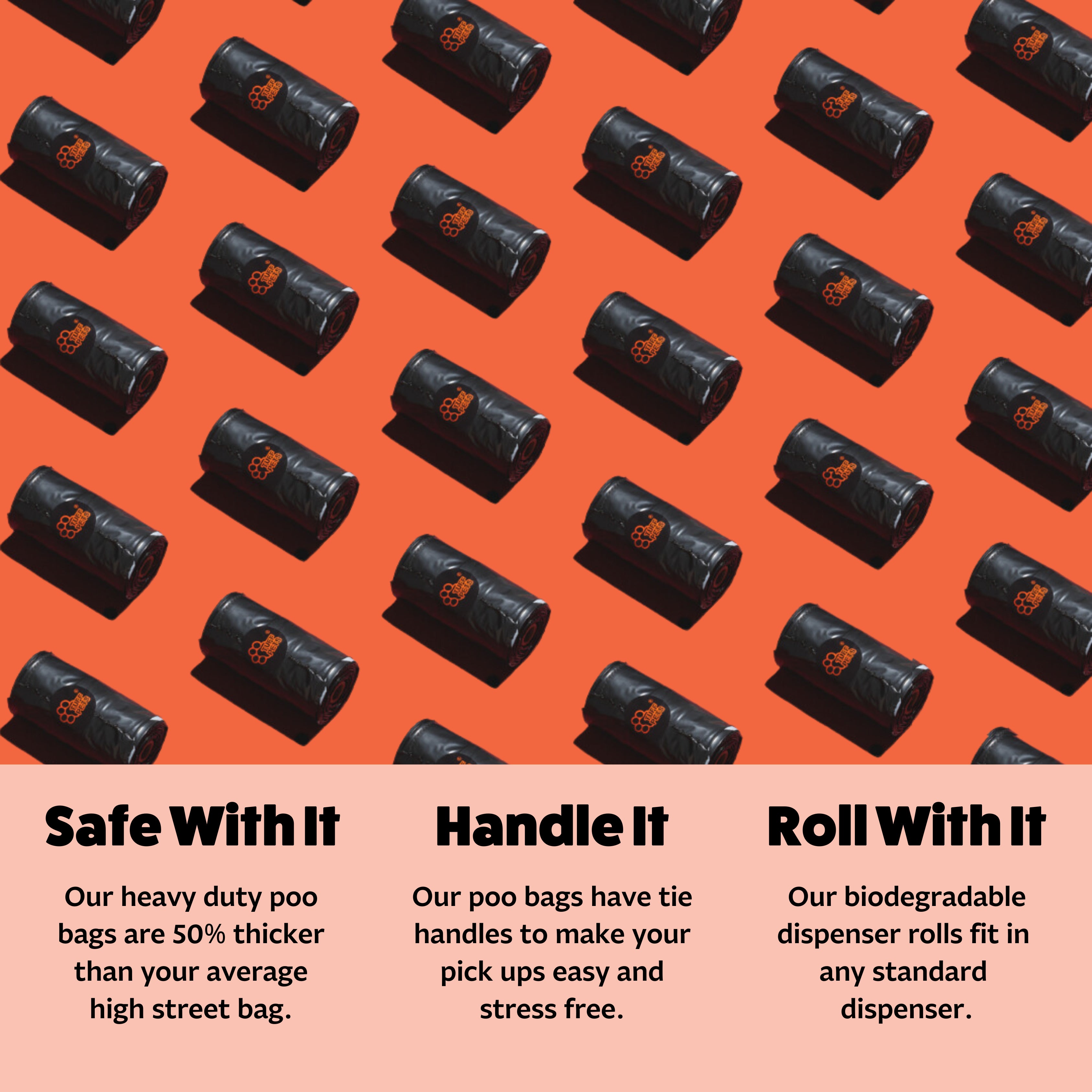
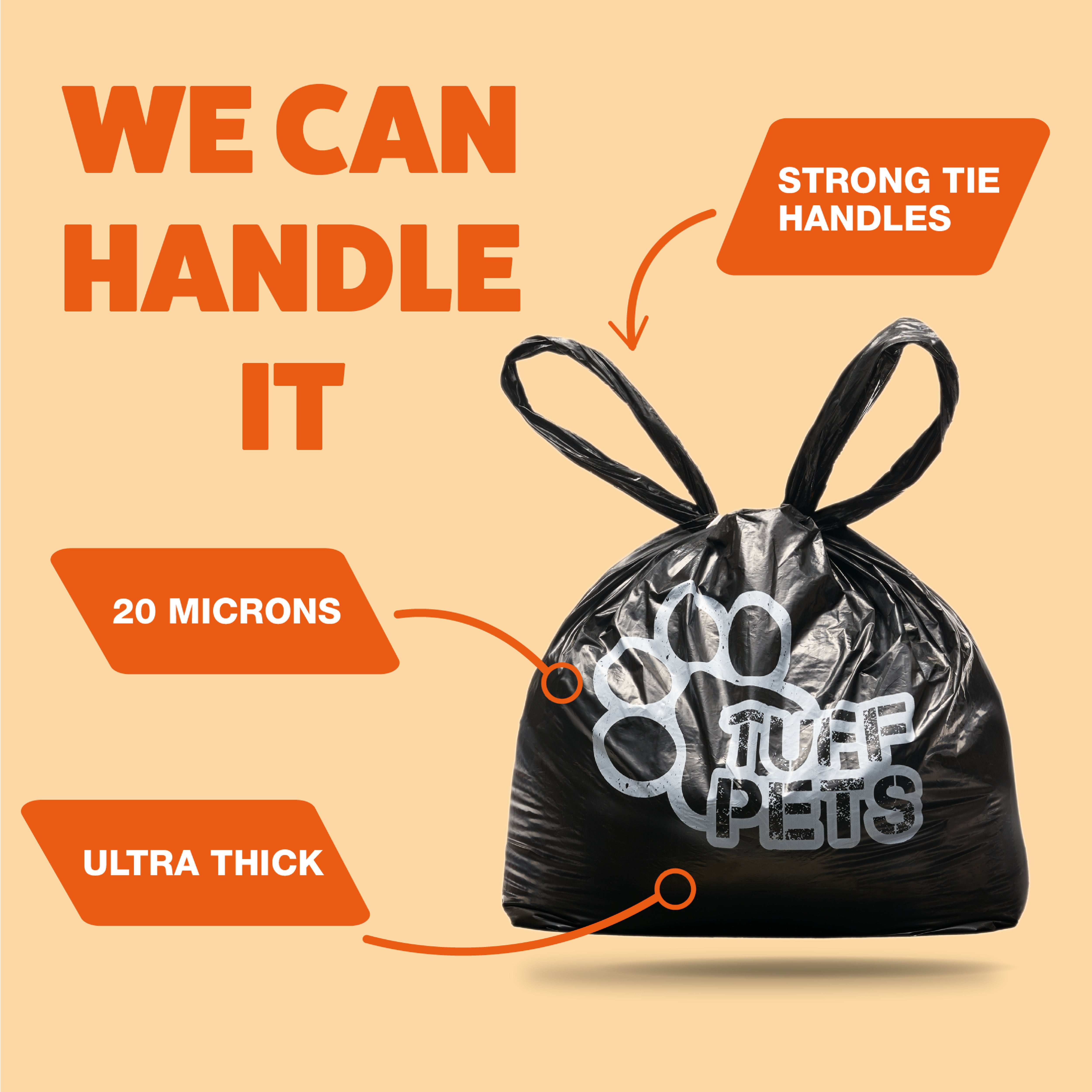

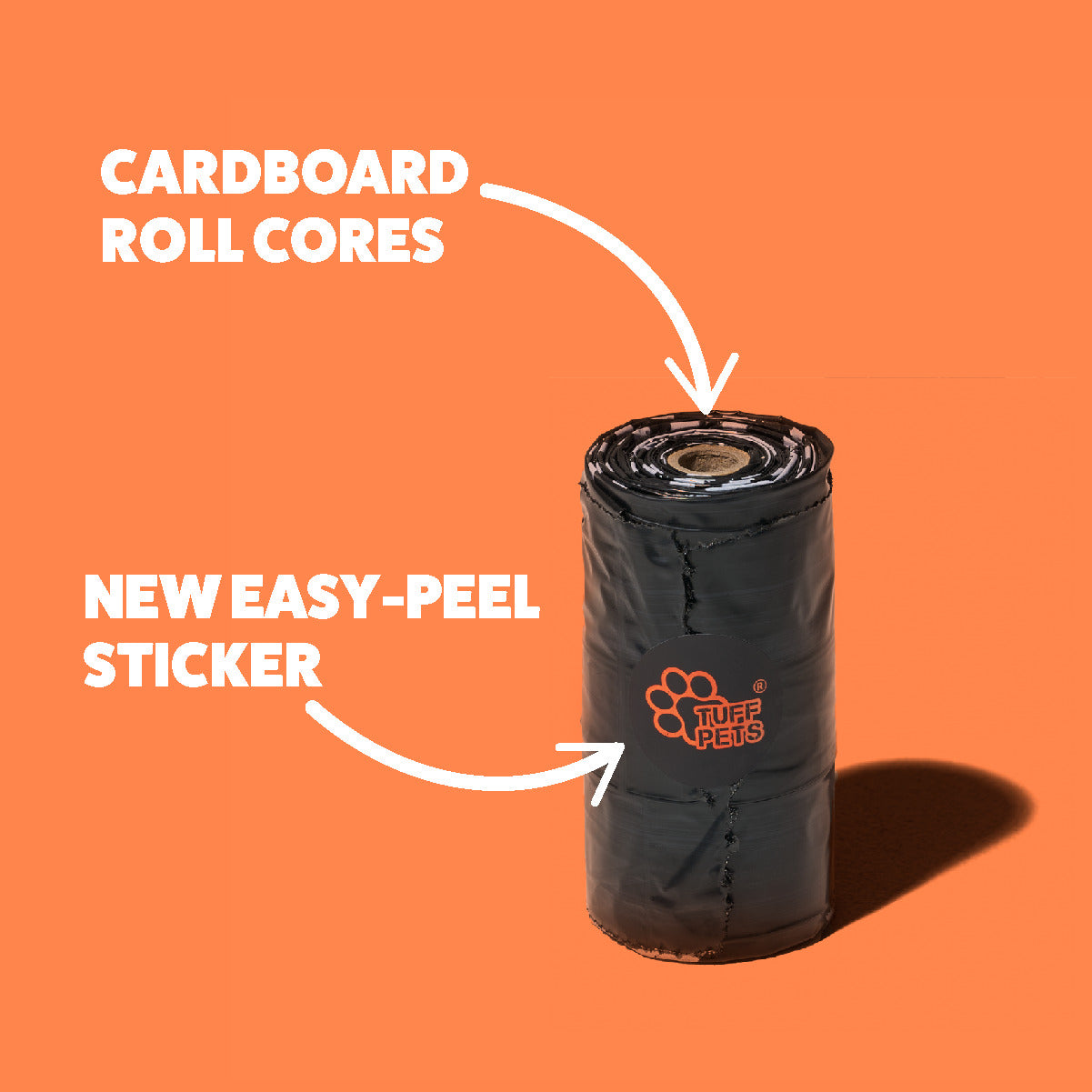
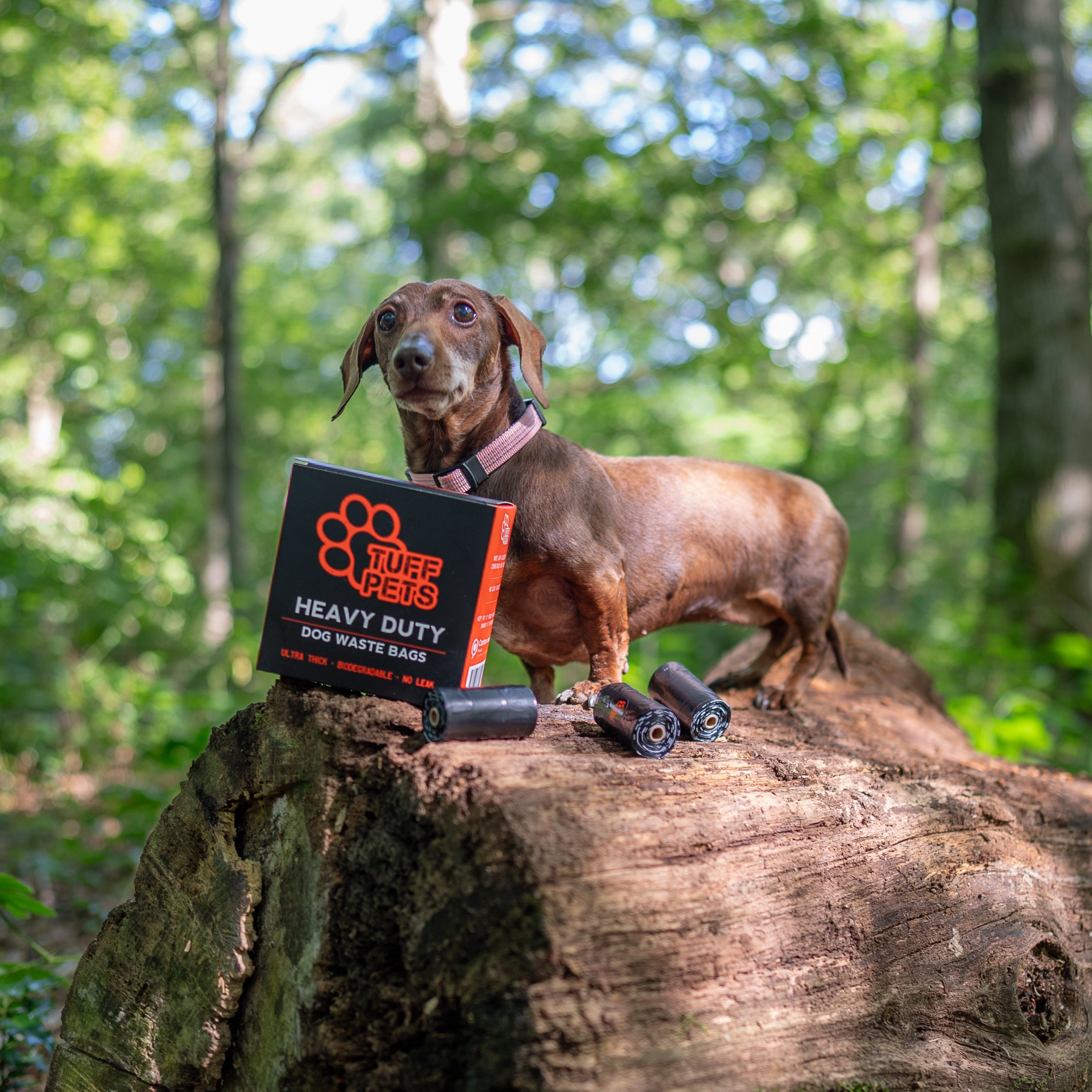

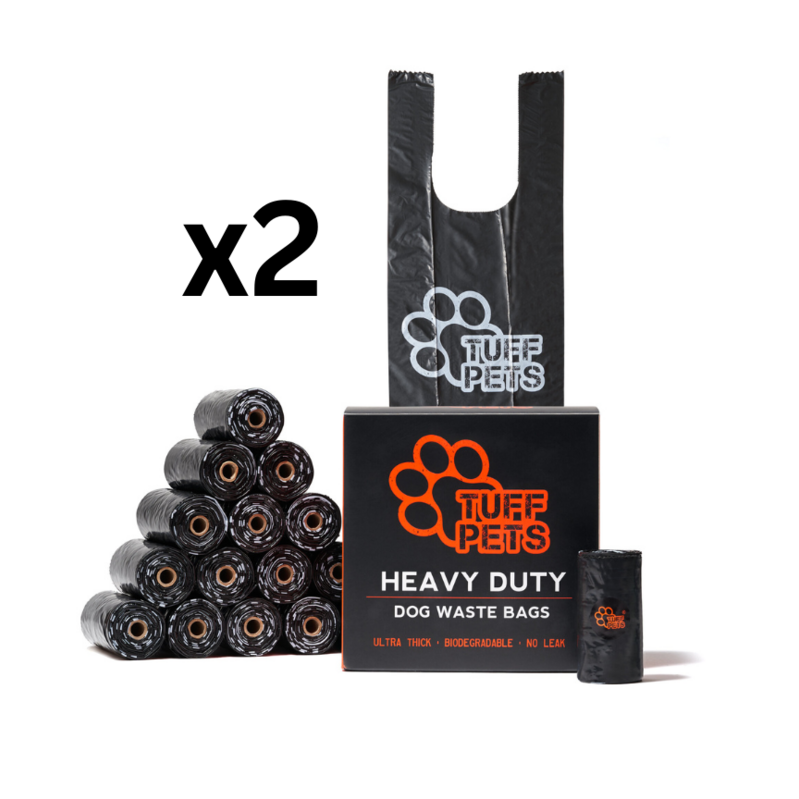
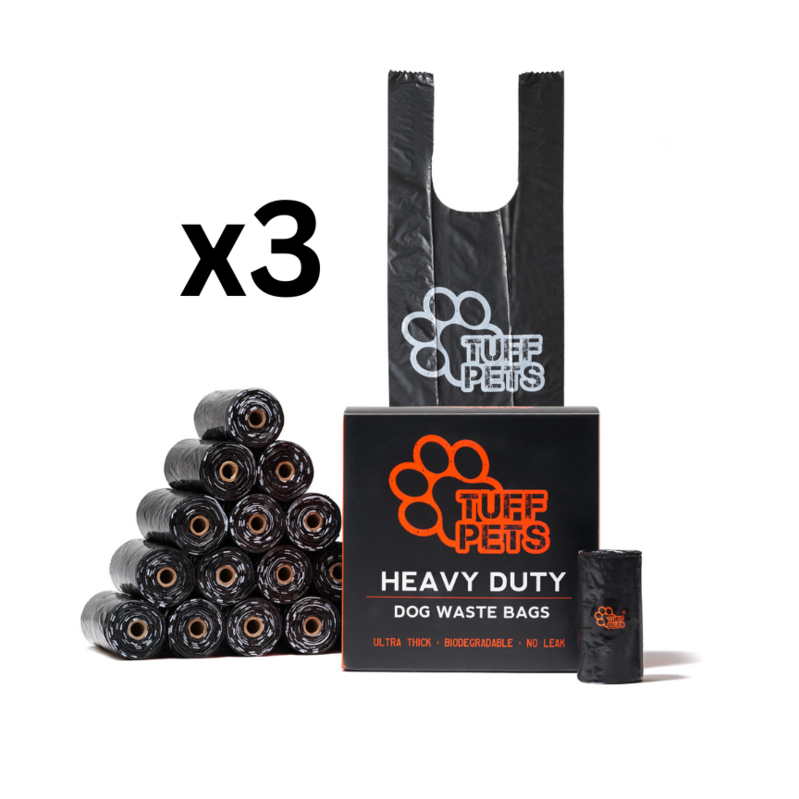
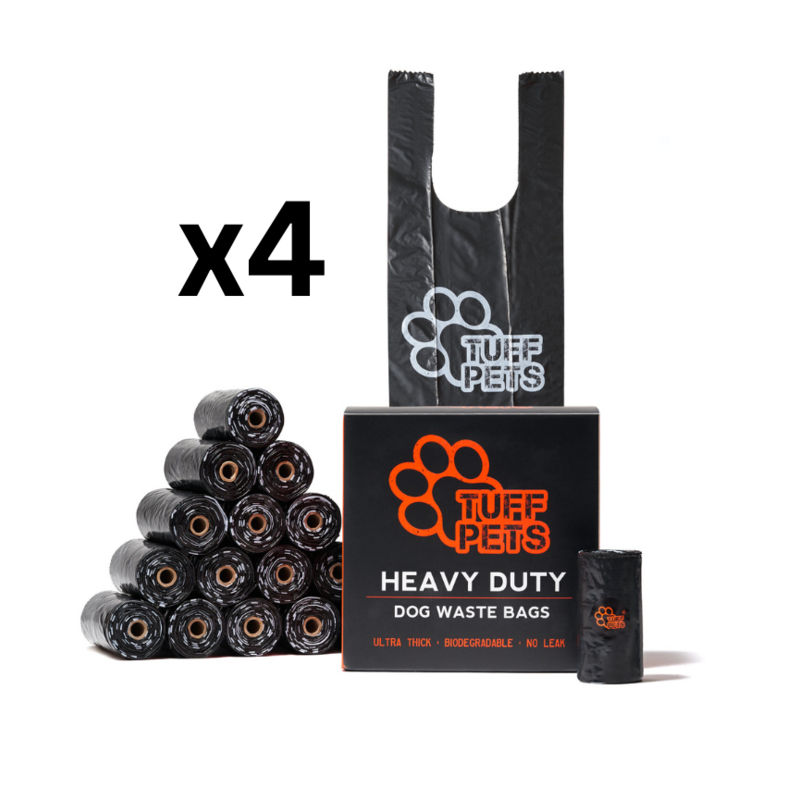
Share:
Paws and Celebrate National Dog Day in Style
The Curious Case of Scooting Dogs and How to Help Them